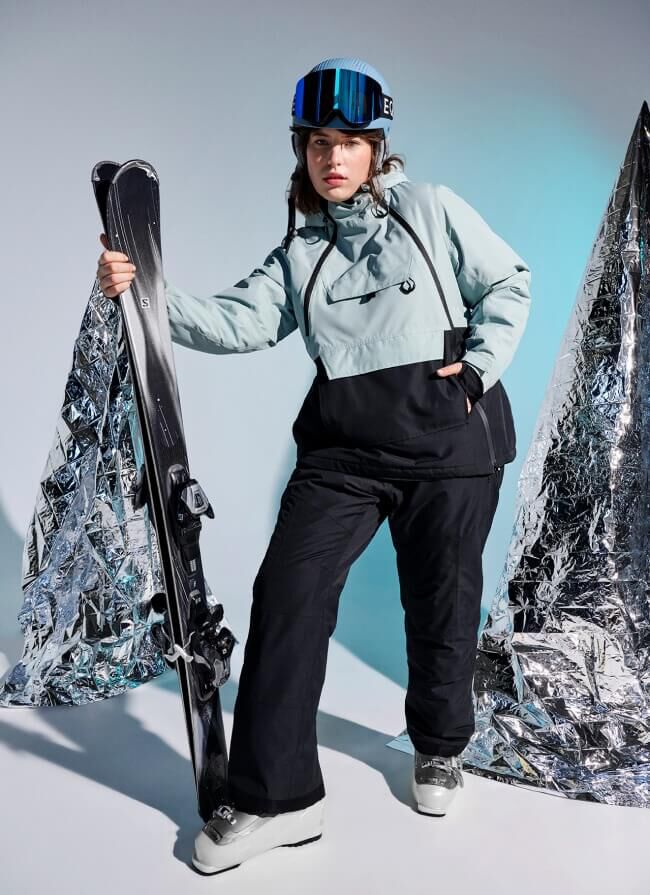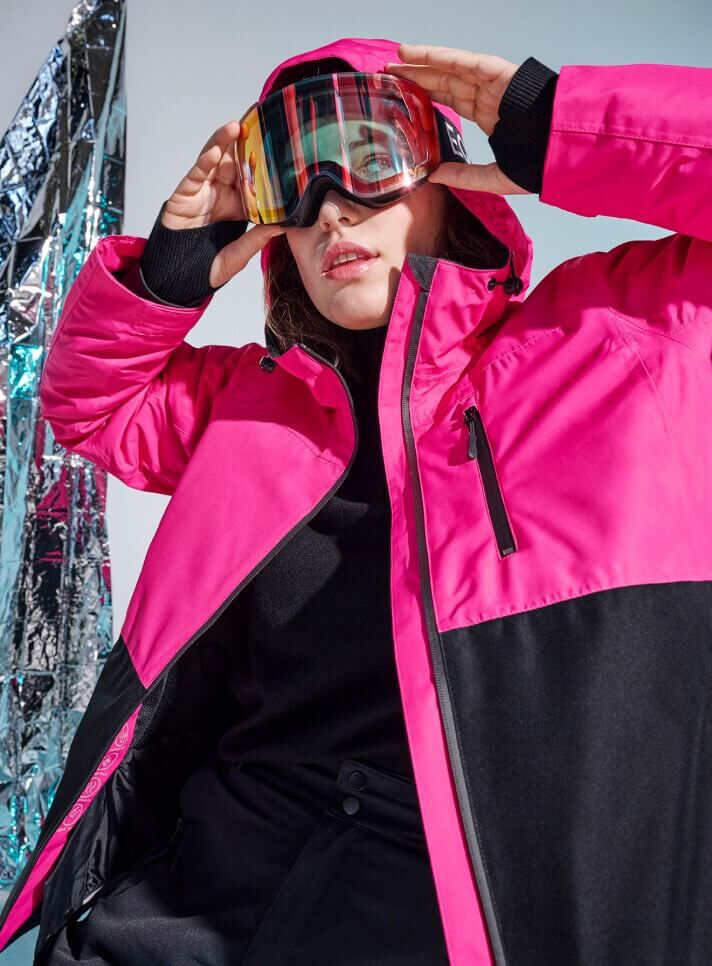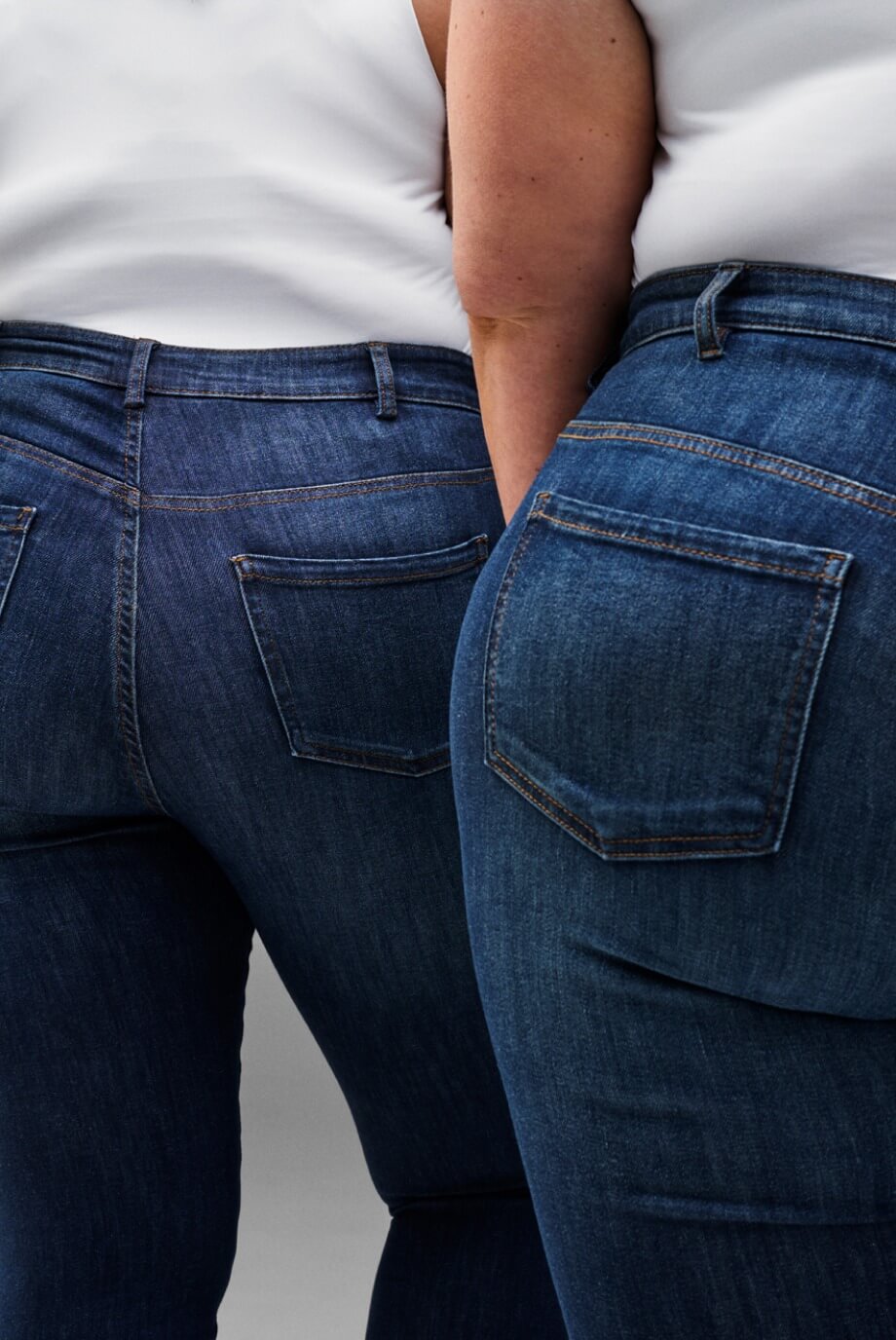Whether you're new to skiing or have years of experience, the right ski jacket makes all the difference. A well-fitting, functional ski jacket keeps you warm, dry, and comfortable on the slopes. This guide will help you find the best plus-size ski jacket by exploring essential features, fit, and layering options.
Choosing the Right Ski Jacket
The right ski jacket depends on how you plan to use it. If you need warmth for relaxed skiing, a padded jacket is ideal. For active skiing, a lightweight shell jacket provides breathability and flexibility. Understanding these options will help you make an informed choice.
Insulated vs. Shell Ski Jackets
- Padded Ski Jacket: Designed for warmth, this is a great choice for casual skiers who need insulation against the cold.
- Shell Jacket: A breathable and waterproof option, ideal for those who layer clothing and prefer a lighter feel.
Key Features to Consider
When choosing a ski jacket, consider these important features:
1. Breathability
A breathable jacket allows moisture to escape while keeping you warm. Shell jackets offer higher breathability, making them ideal for active skiers.
2. Waterproofing
Waterproof ratings indicate how well a jacket keeps out moisture. A rating of 10,000 mm or more provides excellent protection in snowy conditions.
3. Wind Resistance
Good wind resistance ensures warmth even on exposed slopes. Look for jackets designed to block strong gusts.
4. Sealed Seams
Sealed seams prevent water from seeping in, ensuring you stay dry in wet conditions.
5. Adjustable Fit
Look for adjustable cuffs, hems, and hoods for a snug and comfortable fit.
Your activity level plays an important role in your choice of jacket
6. Practical Pockets
Pockets make a big difference on the slopes. A lift pass pocket, inner pockets for valuables, and outer pockets for essentials add convenience.
7. High Collar & Hood
A high collar helps block out cold air, and a detachable hood adds versatility for changing weather conditions.
8. Ventilation
Underarm zippers allow airflow, making it easier to regulate body temperature.
9. Snow Skirt
A snow skirt prevents snow from entering your jacket, a useful feature in deep powder or after falls.
10. Reflective Details
Reflective elements improve visibility in low-light conditions, enhancing safety.
Layering for Warmth
Dressing in layers keeps you warm and comfortable. Here’s how to layer effectively:
1. Base Layer – Moisture-Wicking
Opt for breathable thermals that wick away sweat, keeping you dry.
2. Mid-Layer – Insulation
A fleece or down layer provides warmth and can be adjusted based on the weather.
3. Outer Layer – Protection
Your ski jacket shields against wind, snow, and cold temperatures. Choose a style that balances warmth and breathability.
Essential Ski Wear
To complete your ski outfit, pair your jacket with plus-size ski trousers. Look for waterproofing, breathability, and insulation to match your jacket.
Accessories to Stay Warm
- Gloves or Mittens: Essential for keeping hands warm and dry.
- Hat or Headband: Helps retain body heat.
- Neck Gaiter or Scarf: Protects against cold air and wind.
If you want to add personality to your ski outfit, consider colourful ski jackets or patterned designs. A bold pink ski jacket, for example, adds visibility and style.
Finding the right plus-size ski jacket is all about fit, functionality, and layering. Whether you prefer an insulated ski jacket for warmth or a shell jacket for breathability, Zizzi has options designed for comfort and style. Explore our latest collection and find the perfect jacket for your next ski trip.









































































